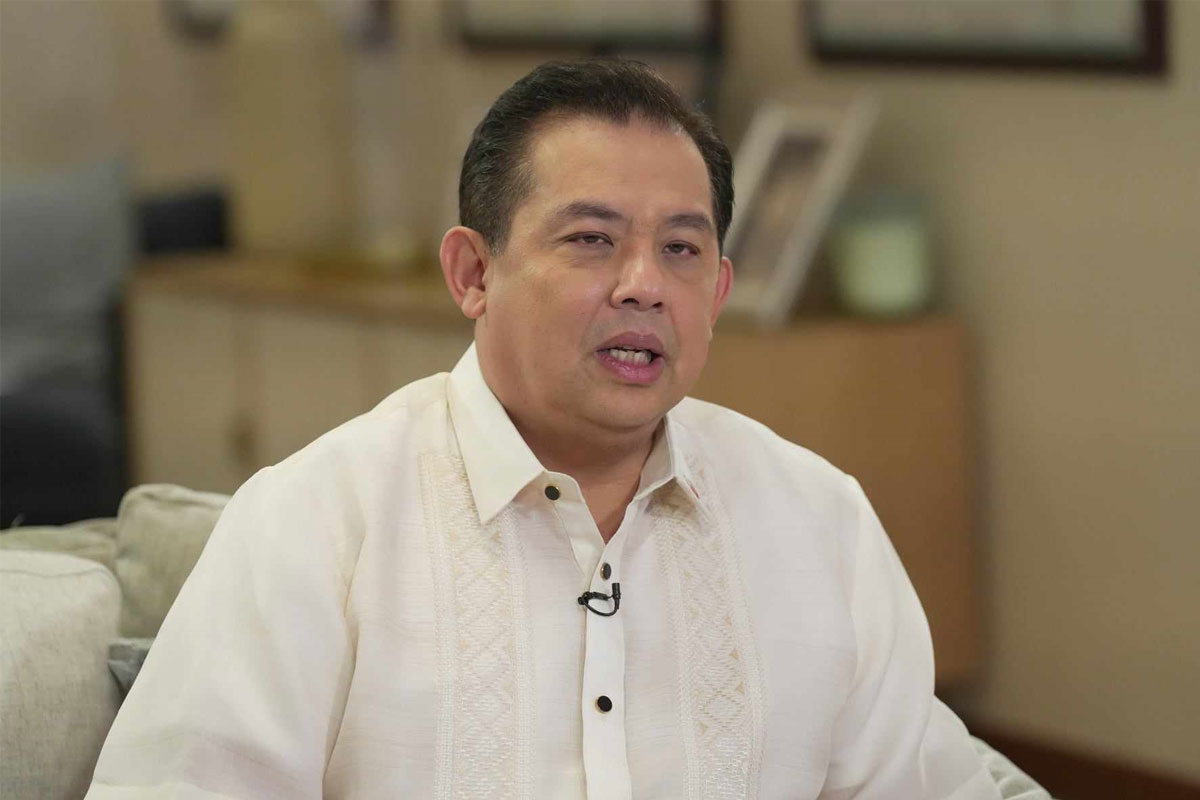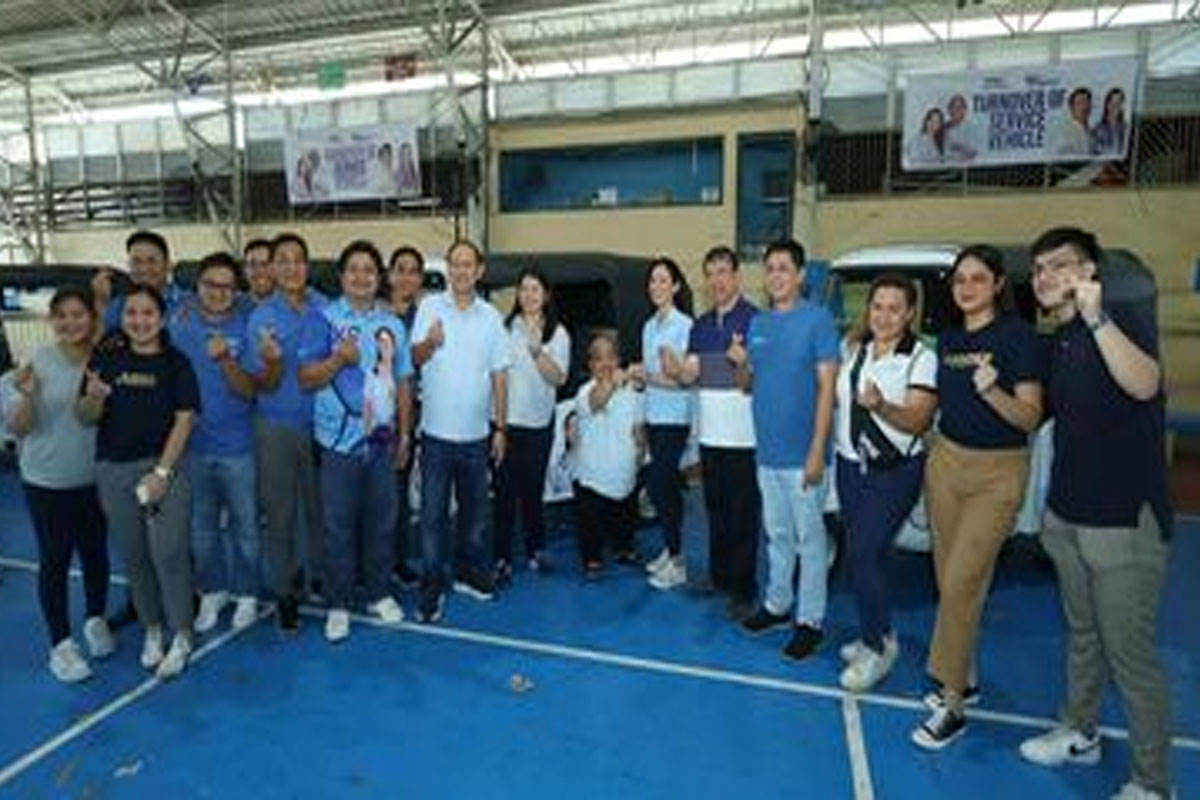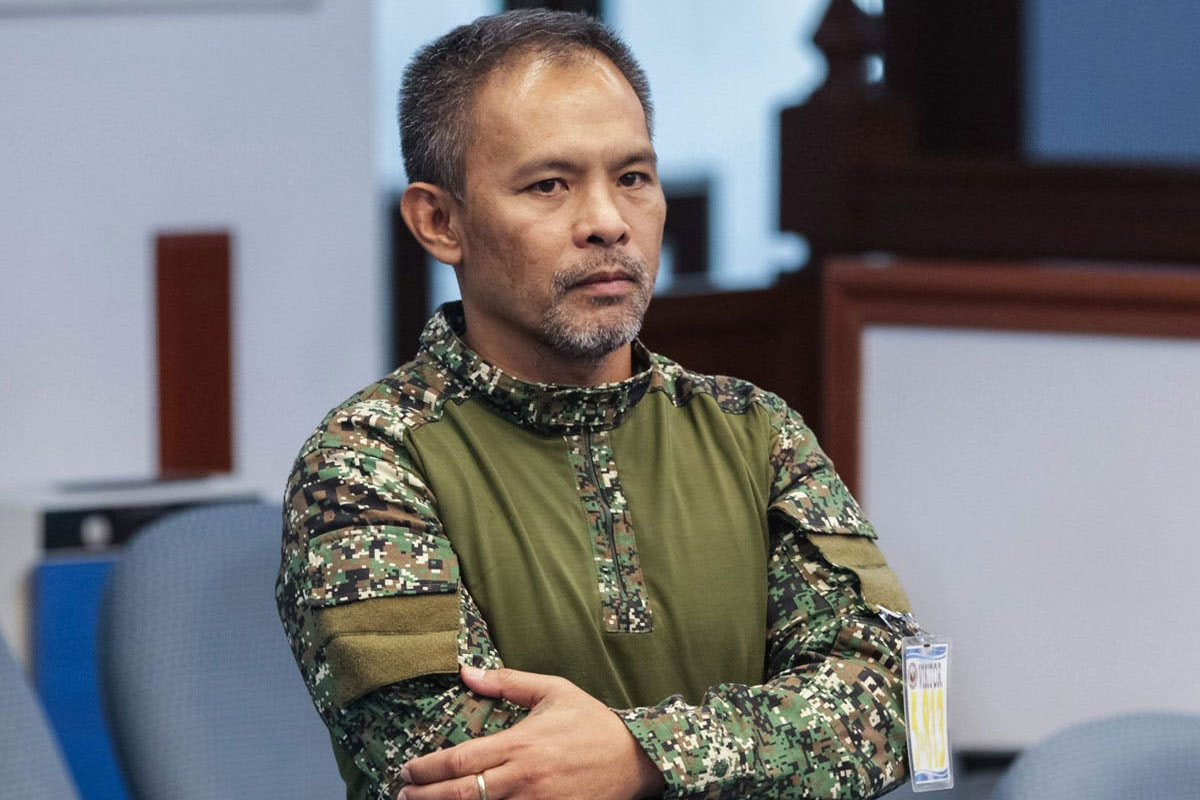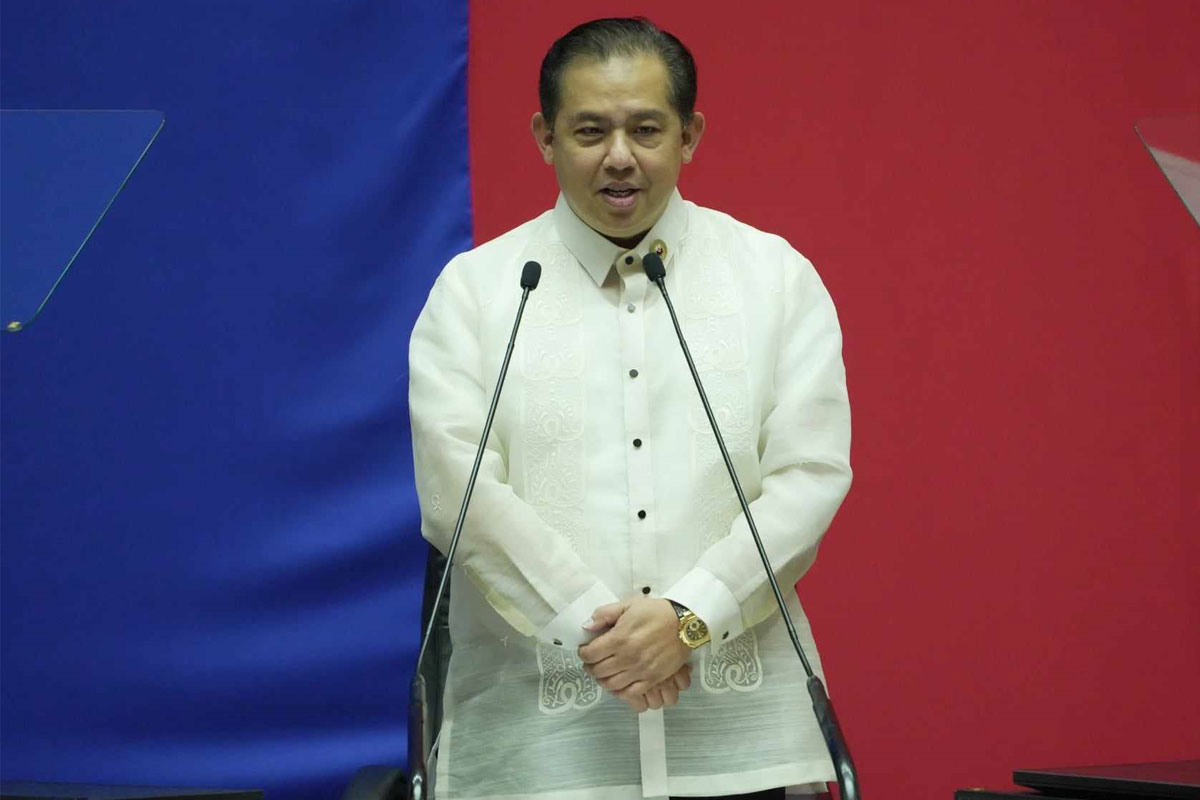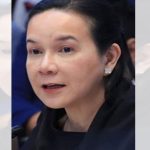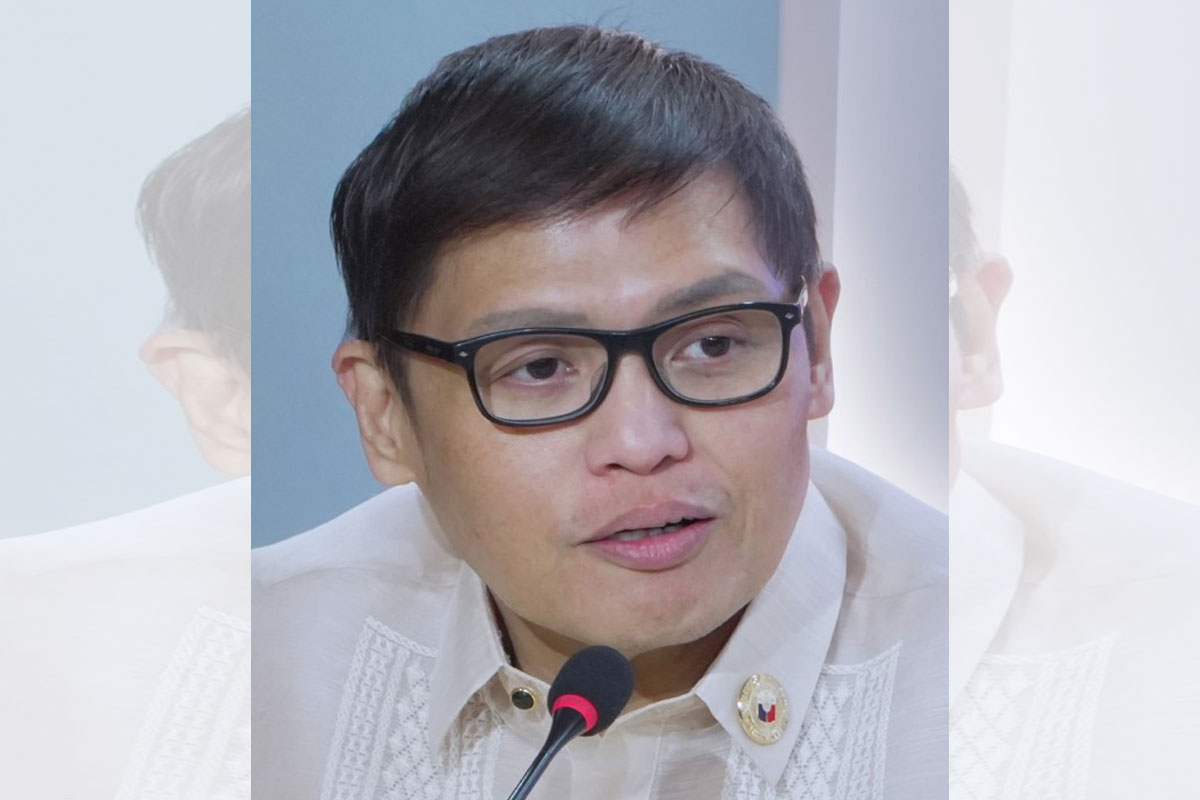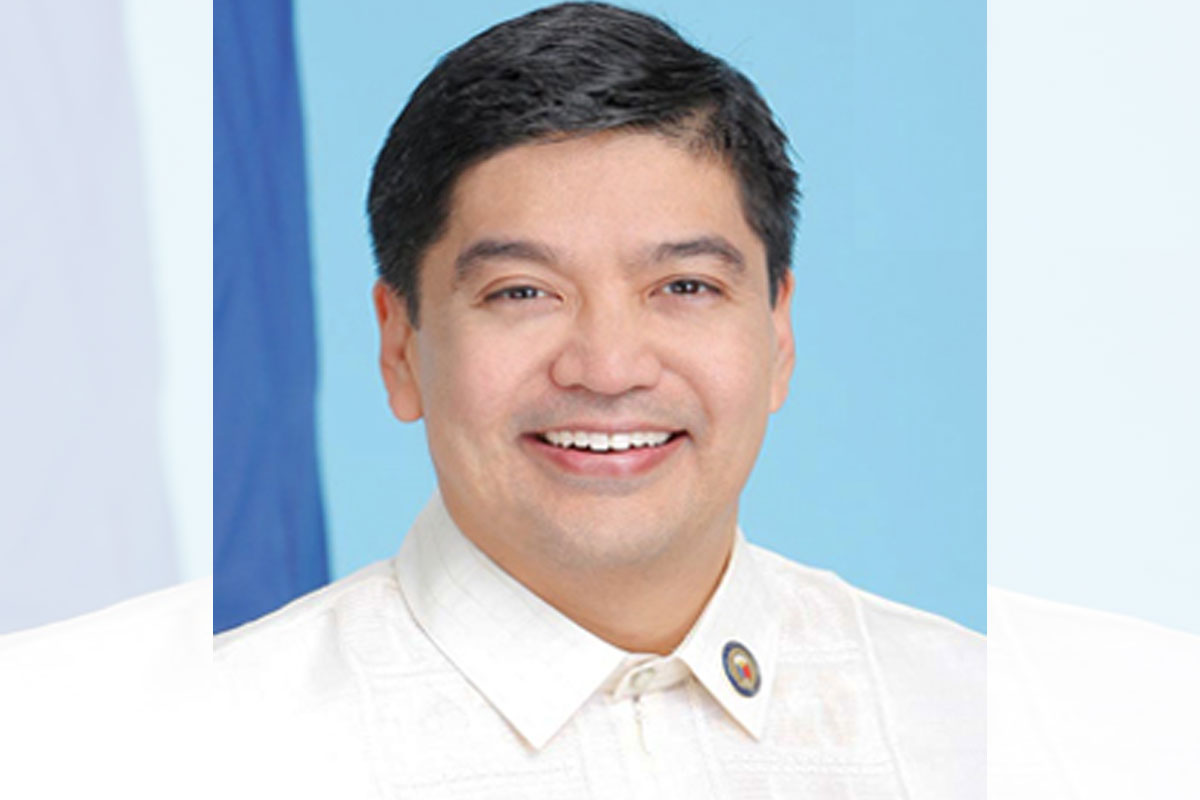
Marcos’ move to ease COVID-19 restrictions attracting more FDIs
PRESIDENT Ferdinand “Bongbong” R. Marcos Jr.’s decisive initiatives on easing coronavirus disease-19 (COVID-19) protocols and reopening the country to tourists and investors in the first semester of his presidency has begun generating more foreign direct investments (FDIs) and putting our economy on the mend, hence keeping it on its upward trajectory this 2023 despite an impending global recession, according to Camarines Sur Rep. and National Unity Party (NUP) president LRay Villafuerte.
“The most remarkable feat of President Marcos thus far comprises his decisive moves on the public health and economic fronts that sent a loud and clear message to the world that the Philippines has reopened fully for business on his watch despite the lingering COVID-19 pandemic,” Villafuerte said.
“Complementing such initiatives,” added Villafuerte, “were the President’s aggressive pitch in his overseas trips for the Philippines as an Asian business hub with investor-friendly policies plus a young and dynamic labor force, leading to a whopping over $23.6 billion worth of investment pledges that will for sure energize domestic economic activity in 2023, create a lot of jobs and improve the living standards of many of our people.”
Villafuerte is confident that the Marcos administration can keep the Philippines on the high-growth mode in 2023 and onwards partly because of the President’s apt decision to sustain the unprecedented level of mega investments of the past administration in public infrastructure, “considering that infra spending has the highest multiplier effect on the economy.”
Citing a Department of Budget and Management (DBM) report, Villafuerte said the Marcos government had allocated an amount equivalent to 5% to 6% of GDP to spending on infrastructure and other capital outlay projects.
Proof of the continued high infra spending under the Marcos administration was that completed infrastructure projects went up by 39.3% in September alone as National Government (NG) expenditures for this sector plus other capital outlay projects rose to P99.1 billion in September from the year-ago’s P71.2-billion disbursements.
For Villafuerte, “Most of our people are apparently aware of, and appreciate, Mr. Marcos’ achievements in his first half-year in the office on improving their lot—in keeping with his 2022 presidential campaign promise—as borne out by the results of separate public opinion polls pointing to his high approval and trust ratings, with two out of three Filipinos believing his Administration has been moving in the right direction and as many as nine out of 10 of them saying they are welcoming 2023 with hope.”
Citing the fourth-quarter Tugon ng Masa (TNM) survey by the OCTA Research Group, Villafuerte said that 92% of Filipinos approved of the Marcos administration’s COVID-19 response, about 10% higher than the 83% score in its similar poll taken in March 2022.
OCTA said the government’s approval ratings went up in all major areas of the country—Metro Manila, Balance Luzon, the Visayas, and Mindanao—and across all socioeconomic classes.
Villafuerte pointed out that “The Chief Executive’s bold one-two move to issue Executive Order (EO) 3 lifting the mandatory use of face masks outdoors and, later, EO 7 relaxing the masking mandate indoors along with easing the Covid-19 tests and other strict health protocols for inbound travelers had delivered the message that the Philippines was back in business after reopening its doors wide to tourists and investors alike.”
“The President told the world with his bold moves that the Philippines has already marched on from the almost three-year pandemic and is raring to speed up our economy’s return to its pre-Covid high upward trajectory,” Villafuerte said.
As a complementary step, the former Camarines Sur governor said, “Mr. Marcos has transformed himself into the country’s topmost salesman in his overseas trips over the July-December period by making a consistent, vigorous pitch for investments.”
Estimates by the National Economic and Development Authority (NEDA) and private analysts have put our Gross Domestic Product (GDP) growth at 6% to 7% this year, on the back of sustained domestic consumption and investments.
What has enabled the Chief Executive to make such a strong and convincing push for FDIs abroad, said Villafuerte, was his correct move right from the start of his presidency to assemble a team of economic managers from among the country’s internationally renowned economist-technocrats led by former Bangko Sentral ng Pilipinas (BSP) governor and ex-budget secretary Benjamin Diokno, who now heads the Department of Finance (DOF).
The President’s other economic managers include former socioeconomic planning secretaries Felipe Medalla as BSP Governor and Arsenio Balisacan as NEDA director-general and concurrent Socioeconomic Planning Secretary, and former international development banker Alfredo Pascual as Trade and Industry Secretary.
Villafuerte said, “The President’s feats on the economic and health fronts have already paid off this early in his presidency, with a steady climb in tourist arrivals and tourism revenue, a surge in investment pledges, and positive forecasts from international and local institutions and analysts pointing to our continued robust economic growth this 2023, against the backdrop of lower growth in Southeast Asia and other parts of the world in the face of a looming global recession.”
He said the Department of Education (DepEd) helped President Marcos return the country to post-pandemic normalcy with Vice President and Secretary Sara Duterte-Carpio’s decision for the DepEd to restore mandatory in-person classes in public schools beginning last November.
As a result of the relaxed COVID-19 health protocols, Villafuerte said the Department of Tourism (DOT) reported that the number of visitor arrivals soared to 2.46 million by November 2022, or nearly 45% higher than the original target of 1.7 million, and expected to hit 2.5 million by end-December—from just 164,000 international visitors in 2021.
Tourism receipts consequently went up to P149 billion from the 2.46 million tourists, hence living up to the Chief Executive’s perception—as he mentioned in his speech before the Philippine Tourism Industry Convergence Reception (PTICR) at the SMX Convention Center last October—of this industry becoming one of the potential drivers of the country’s economic transformation under his presidency.
Villafuerte had called for the lifting of the outdoor masking rule in September as well as the voluntary indoor masking and, later, the removal of stringent entry requirements for inbound international travelers, before President Marcos approved the consecutive recommendations by the Inter-Agency Task Force on Emerging Infectious Diseases (IATF) on the easing of such health protocols mean to slow the spread of the virus.
Prior to the issuance of EOs 3 and 7, Villafuerte had said that the easing of anti-Covid health protocols “would attract more tourists and boost Philippine tourism, which is integral to the country’s quick and robust recovery from the global economic and health crises wrought by the once-in-a-century pandemic.”
He said that, “Rather than just playing catch-up to its Asian peers whose respective tourism industries have already started on strong-recovery mode, the Philippines, with its far better tourist attractions than those of its neighbors, could actually overtake its direct competitors in the region by doing away with its stringent travel curbs that have impelled most tourists to instead visit—and spend their money in—countries that have relaxed, if not jettisoned altogether, their COVID-related health and border entry protocols.”
The best argument that the President and his economic managers had made the right steps in driving an economic turnaround on his watch, said Villafuerte, was the Asian Development Bank (ADB)’s forecast upgrade that our economy would grow 7.4% in 2022, from its lower forecast in September of 6.5%, on the belief of ADB Philippines country director Kelly Bird of “a strong underlying growth momentum and resilience” that was “expected to continue in 2023, with GDP growth converging towards its longer-term growth rate of about 6%.”
He said the numerous forecasts for the Philippines to remain in the high-growth mode in 2023 was a big achievement for the Marcos administration, as international experts like the British consultancy Centre for Economics and Business Research (CEBR) see the world as heading to a recession amid contractions among many economies that will be forced to continue raising borrowing costs to fight still-elevated inflation and pull down prices to more comfortable levels.
The International Monetary Fund (IMF) earlier predicted that over a third of the world’s economies would suffer economic contractions, with a 25% possibility that the global GDP would grow in 2023 by less than 2%.
A combination of higher prices and interest rates, continued coronavirus lockdowns in China, and geopolitical risks like Russia’s invasion of Ukraine could exacerbate global supply chain disruptions and slow down the growth of the world economy, said Villafuerte.
“But thanks to the correct policies of the President and his economic managers, experts believe that the Philippines has been shielded from an impending slowdown of the global economy and, even better, is projected to remain as one of the fastest-growing economies, if not the fastest-growing economy, in the region this 2023,” he said.
He noted that the New York-based credit rater Moody’s Investors Service projected the Philippines to record the fastest GDP growth in the Asia-Pacific region in 2023 at 6.4%, followed by Vietnam (6.1%), China (5.1%), Indonesia (4.7%) and Thailand (3.9%).
The Maybank Investment Banking Group predicted the GDP expansion of the Philippines to become the second fastest (after Vietnam) in the region and above the average of the ASEAN-5 (Association of Southeast Asian Nations) for both 2022 and 2023.
S&P Global Ratings, in a report, said that domestically-led economies like the Philippines, India, and Indonesia are likely to raise the average growth rate in the Asia-Pacific region because of strong consumption.
In their November Market Call report, the First Metro Investment Corp. and University of Asia and the Pacific (FMIC-UA&P) saw the country’s GDP growing by 7.4% mainly because of strong third-quarter growth and record employment levels.
According to the Philippine Statistics Authority (PSA), the employment rate improved by 95.5% to 47.11 million jobs in October 2022, or up from 43.82 million a year ago or an increase of about 3.2 million jobs.
The unemployment rate also went down by 4.5% to 2.24 million Filipinos from the 3.5 million unemployed in October 2021, said the PSA.
It said the unemployment rate last October was back to the pre-pandemic level of 4.5% in October 2019.
The Department of Trade and Industry (DTI) has reported that excluding President Marcos’ trip to Belgium in December to attend the ASEAN-European Union (EU) Commemorative Summit in Brussels, his slew of top-level meetings with business groups and investors in Indonesia, Singapore, the United States (US), Cambodia, and Thailand yielded combined investment pledges of $23.6 billion.
Separately, the Joint Foreign Chambers of the Philippines (JFC) has claimed that FDI inflows would reach $128 billion by the end of 2030.
American enterprises, for example, bared plans to expand into Philippine businesses, such as those in green and nuclear energy, agriculture, and electronics, beginning in mid-2023.
Villafuerte said he agreed with the view by Speaker Martin G. Romualdez that the positive forecasts for the Philippines confirmed that the Philippines was “on the right track” under the Marcos presidency, as the “economy is in full swing toward recovery, gaining more momentum.”
That a majority of Filipinos recognize such accomplishments of President Marcos for their benefit are reflected, said Villafuerte, in the rise in his approval rating to 64% in the fourth quarter from 62% in the July-September period, in Publicus Asia Inc.’s Nov. 25-30 survey.
OCTA Group’s TNM survey of 1,200 respondents nationwide from Oct. 23 to 27 said Mr. Marcos attained a trust rating of 86% and a performance rating of 78%, he said.
The RP-Mission and Development Foundation Inc. (RPMD), meanwhile, said its Nov. 3-10 survey said that 70% of its respondents approved of the President’s performance.
In its Nov. 27-Dec. 1 polling, Pulse Asia noted that 92% of its 1,200 respondents said they are facing the new year with hope.
Publicus Asia said its survey of 1,500 respondents likewise showed that at least 68% were optimistic that the country was going in the right direction under the Marcos government.
In its fourth-quarter poll from Oct. 23 to 27, OCTA Research said a higher 85% of its respondents felt the Philippines was heading in the right direction on the Marcos watch, with as high as 91% in the Visayas believing the President was steering the country well.






